Incorporating indoor plants into your home is a quick and cost-effective way to add personality, color, and a touch of nature. Not only are they more affordable than new furniture or decor, but they also come with health benefits. Air-purifying plants can filter harmful chemicals, while their presence can help reduce anxiety and stress levels.
Whether you’re a gardening novice or an experienced green thumb, there’s a variety of low-maintenance indoor plants to suit your space. From sunlight-loving succulents to low-light tolerant ZZ plants, you can easily find the perfect plant for any environment.
Many plants actually thrive better indoors due to controlled conditions. To help you start your houseplant collection, here’s a list of 12 easy-to-care-for indoor plants along with their care tips.
Bird’s Nest Fern
The popularity of bird’s nest ferns as houseplants can be attributed to their striking appearance and adaptability. Their lush, glossy leaves with wavy edges add a touch of elegance to any room, making them an attractive choice for interior decor. Additionally, bird’s nest ferns are relatively easy to care for, making them suitable for plant enthusiasts of all skill levels. Their ability to adapt to various light conditions and thrive in indoor environments contributes to their widespread appeal. Whether placed in a living room, office, or bathroom, bird’s nest ferns can elevate the ambiance with their natural beauty.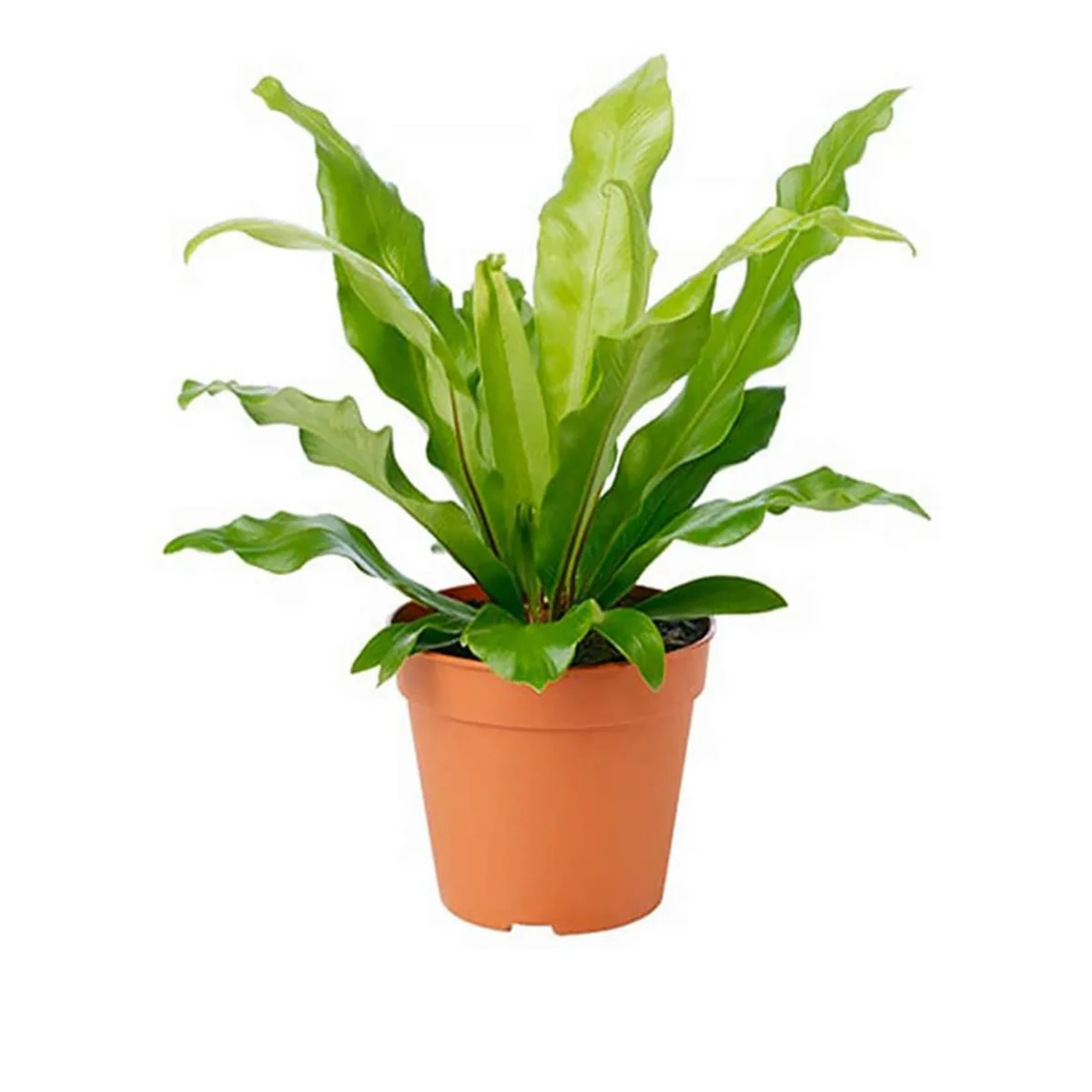
- Light: Bright indirect light
- Water: When the soil’s top two or three inches have dried.
Zebra Plant (Haworthia fasciata)
One of the main attractions of the Zebra Plant is its low maintenance requirements. Unlike many other houseplants that need constant attention, the Zebra Plant can thrive with occasional watering and indirect light. For those with a busy lifestyle or limited space, this plant provides a stress-free way to enjoy a slice of nature indoors. They are particularly well-suited for apartments or offices where conditions may not be ideal for more demanding plants.
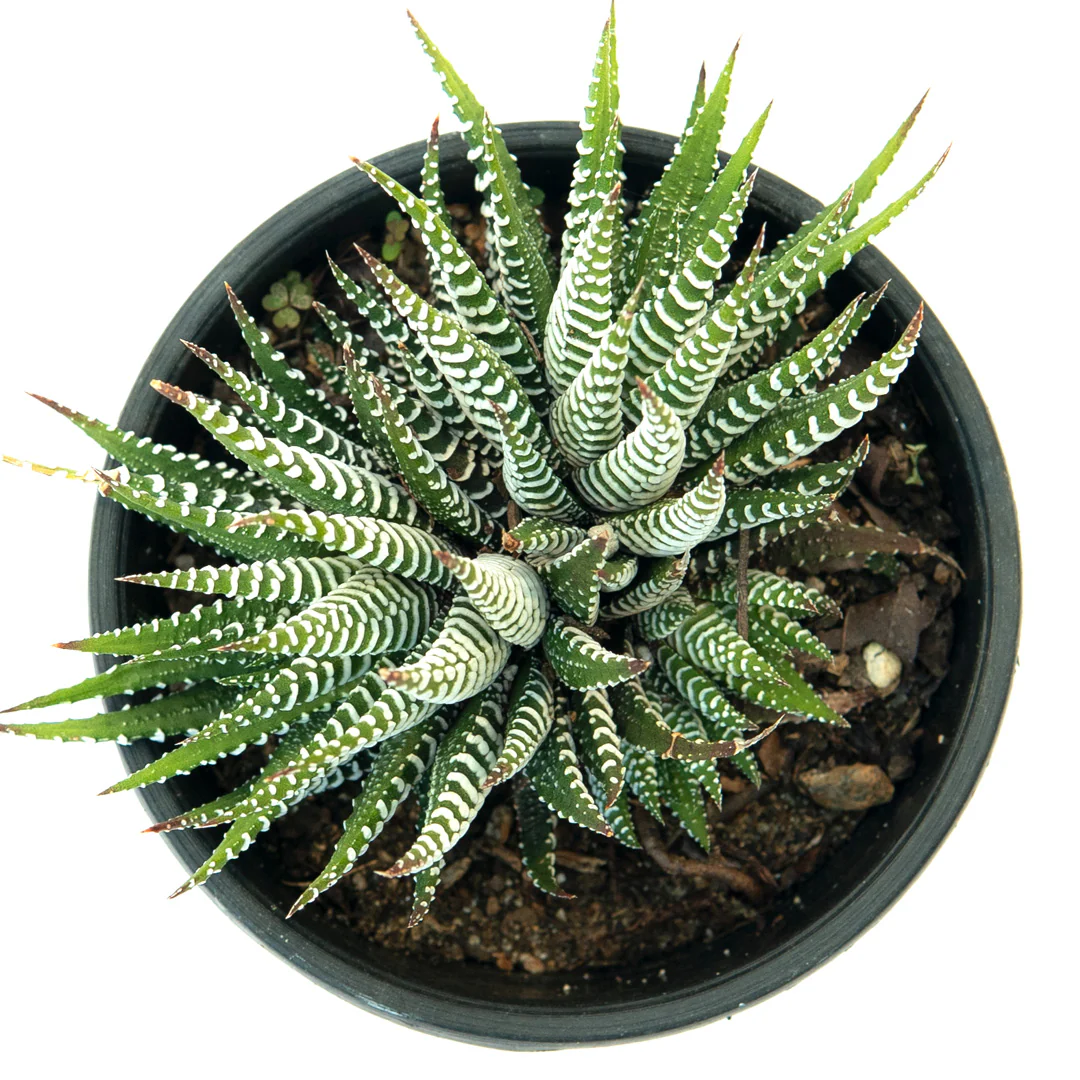
- Light: Bright indirect light
- Water: When the ground is entirely dry, which happens every few weeks
Majesty Palm
The Majesty Palm, or Ravenea rivularis, is a staple in the world of indoor plants. Originating from Madagascar, this palm adds an exotic touch to any room with its tall, feathery fronds that arch elegantly from the trunk. It’s not just a plant; it’s a statement piece that brings a slice of tropical paradise indoors.
Despite its majestic appearance, the Majesty Palm is relatively easy to care for, making it suitable for beginners and seasoned plant lovers alike. However, understanding its needs and preferences is crucial to ensure it thrives. This guide will walk you through the essentials of Majesty Palm care, from choosing the right location to perfecting your watering routine.
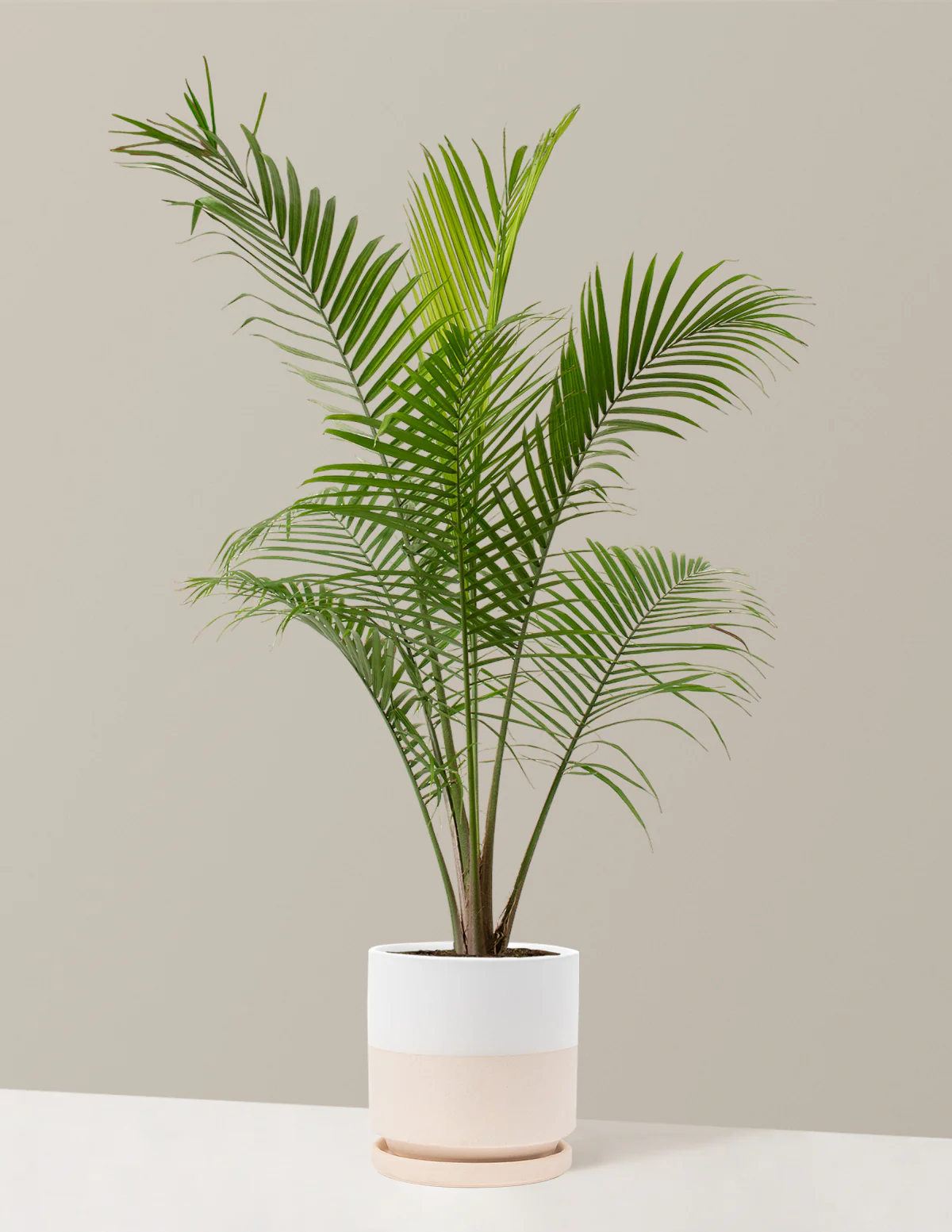
- Light: Bright indirect light
- Water: Regularly, ensuring soil dries out between waterings
- Note: Pet-safe and air-purifying
Prayer Plant ‘Beauty Kim’
For those seeking a plant that’s both visually stunning and easy to care for, the ‘Beauty Kim’ is a top contender. This plant provides an eye-catching addition to any setting, whether it’s your living room, office space, or kitchen windowsill. Its vibrant colors and intricate leaf patterns make it a centerpiece of any plant collection, effortlessly enhancing the aesthetic appeal of your environment.
The ‘Beauty Kim’ is not merely a decor piece; it offers therapeutic benefits. Studies reveal that interacting with plants can reduce stress levels, improve mood, and boost overall well-being. The ‘Beauty Kim’, with its calming nightly rituals and serene presence, can contribute to a more harmonious living space.
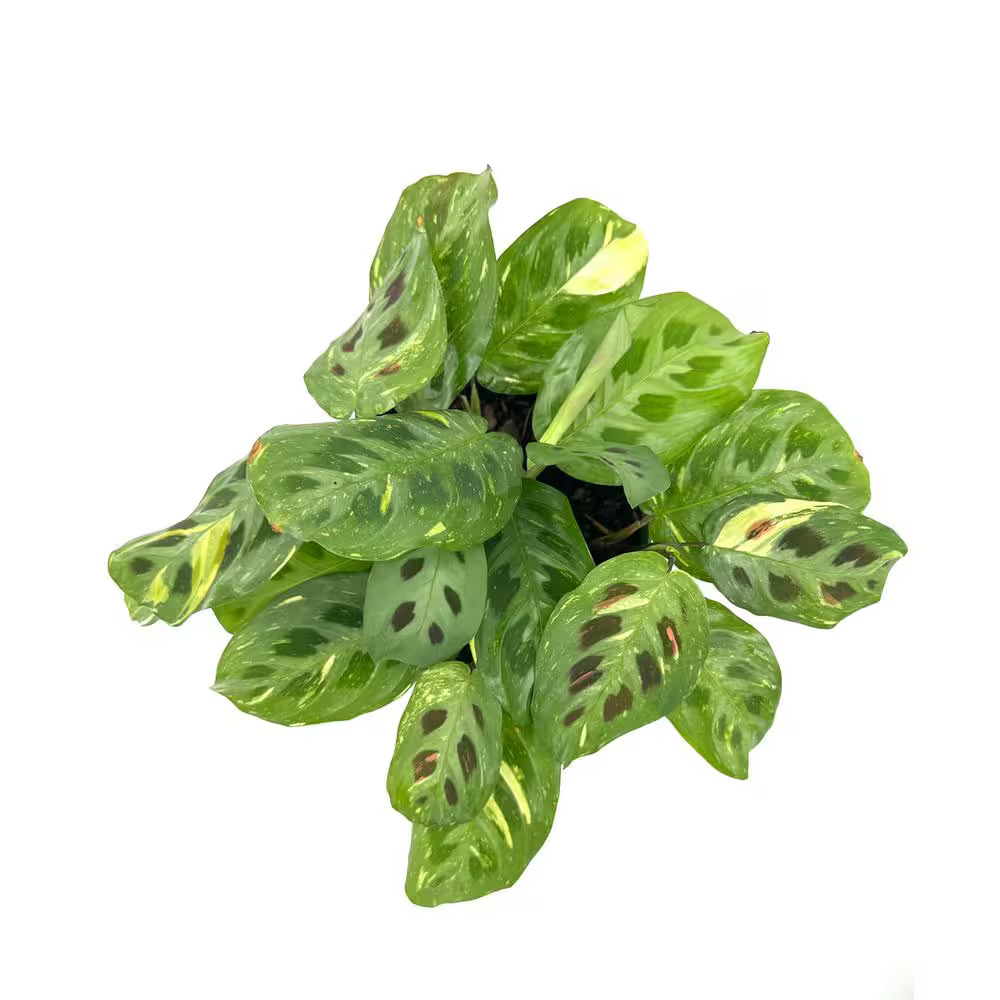
- Light: Low light
- Water: When soil is dry
Monstera Swiss Cheese Plant
One of the key aspects of Monstera care is lighting. In the wild, these plants grow beneath the rainforest canopy, so they prefer bright, indirect light. Direct sunlight can scorch the leaves, causing brown edges and spots. If your plant isn’t receiving enough light, it may become leggy, with fewer splits in its leaves.
To find the right spot for your Monstera, consider placing it near an east or south-facing window where it can enjoy plenty of indirect sunlight. If your space is dim, you might need to supplement natural light with a grow light to keep your plant happy and healthy.
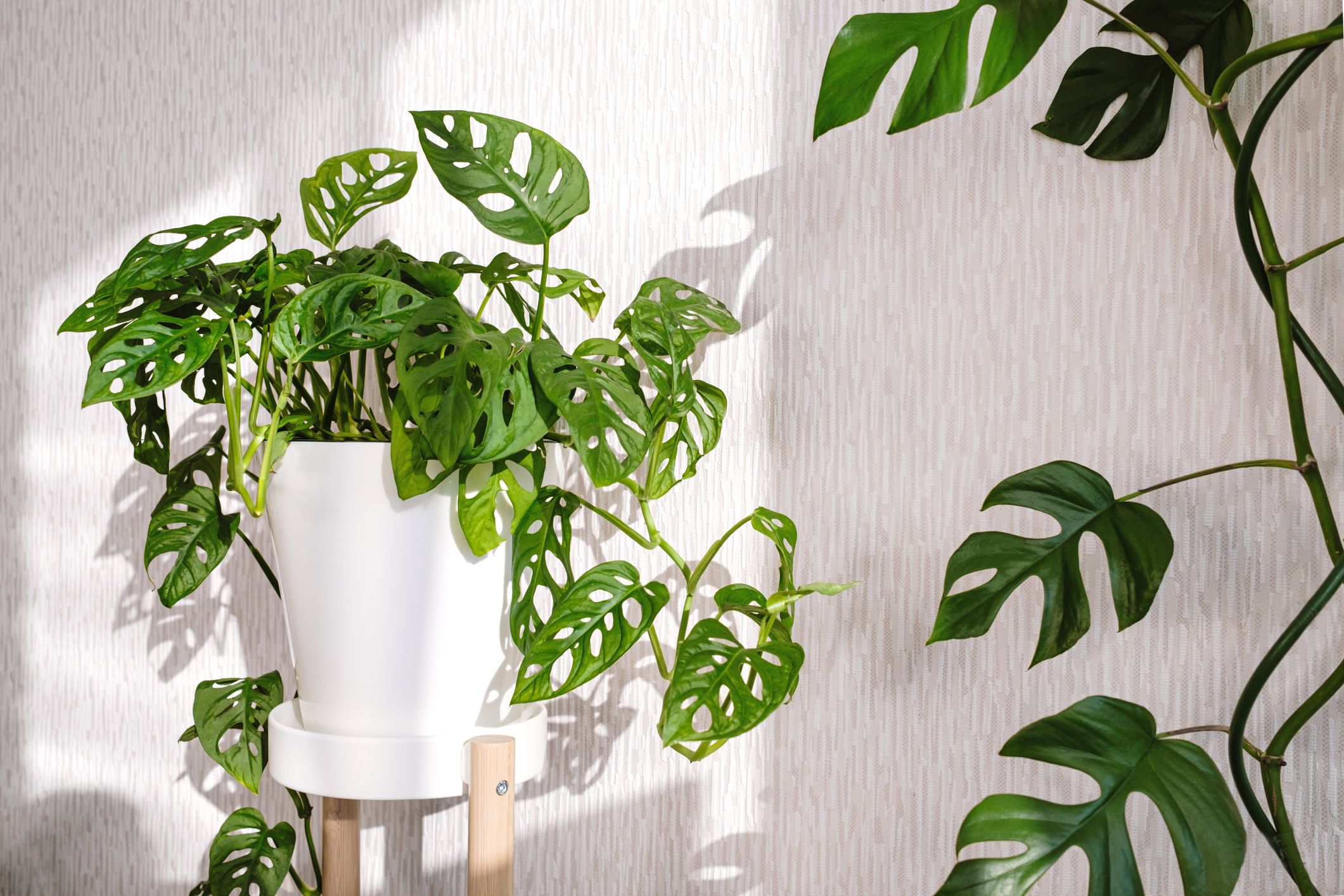
- Light: Bright indirect light
- Water: Weekly
Blue Star Fern
While Blue Star Ferns are known for being low maintenance, providing the right conditions will ensure they thrive. These ferns prefer indirect light, making them suitable for a variety of indoor spaces. A spot near a north or east-facing window is ideal, where they can receive gentle, filtered sunlight without the risk of scorching their sensitive leaves.
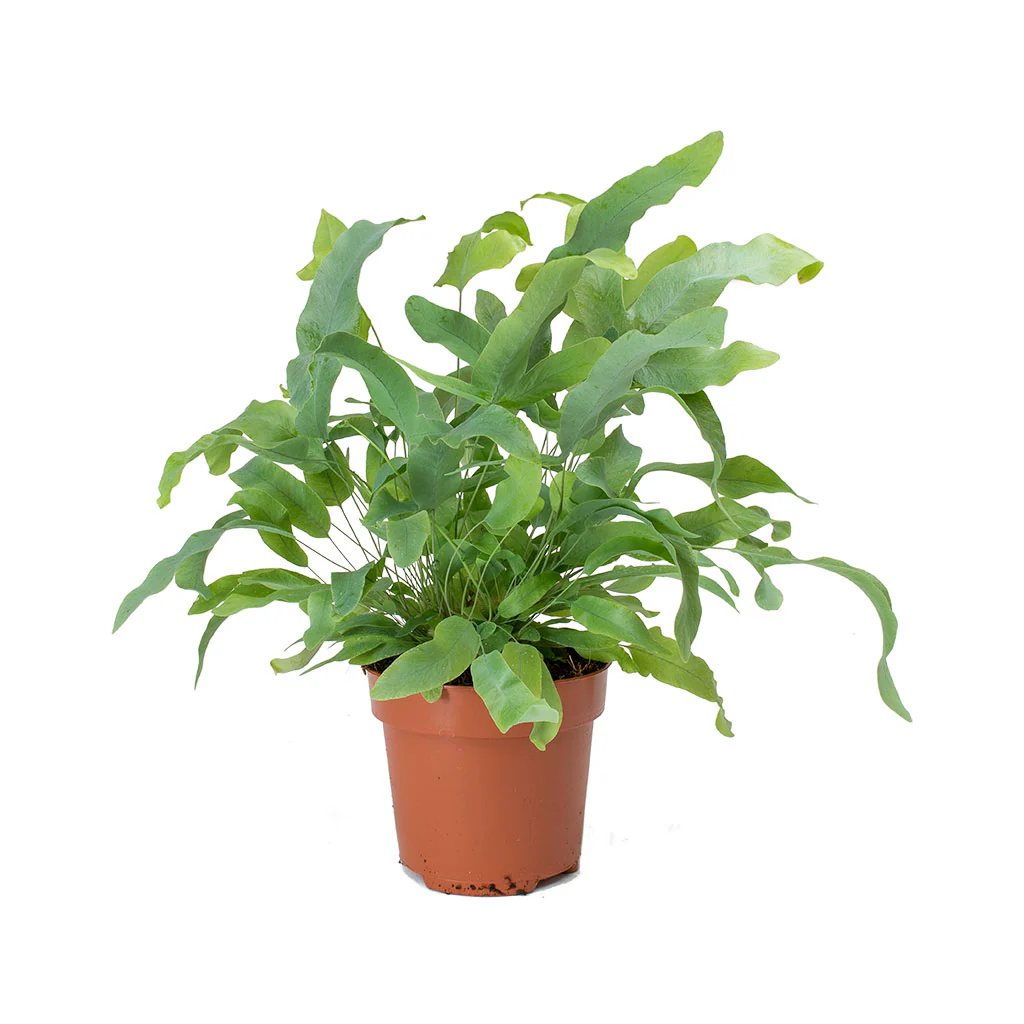
- Light: Medium to bright indirect light
- Water: Occasionally, with plenty of mist and humidity
Boston Fern
The Boston Fern (Nephrolepis exaltata) is more than just a decorative element; it’s a living air purifier that thrives in various indoor conditions. Its ability to remove toxins like formaldehyde and xylene from the air makes it an excellent choice for improving indoor air quality. Plus, the cascading fronds of the Boston Fern add a touch of elegance to any room, making it a favorite among interior designers and plant lovers alike.

- Light: Low light and humid conditions
- Water: Regularly, but allow soil to dry out completely
Algerian Ivy
One of Algerian Ivy’s greatest strengths lies in its versatility and adaptability to various environments. This plant can flourish in both sunny and shaded areas, although it prefers partial shade to prevent leaf scorch. When grown indoors, Algerian Ivy can brighten up spaces with moderate light levels, making it an excellent choice for homes or offices with indirect sunlight.
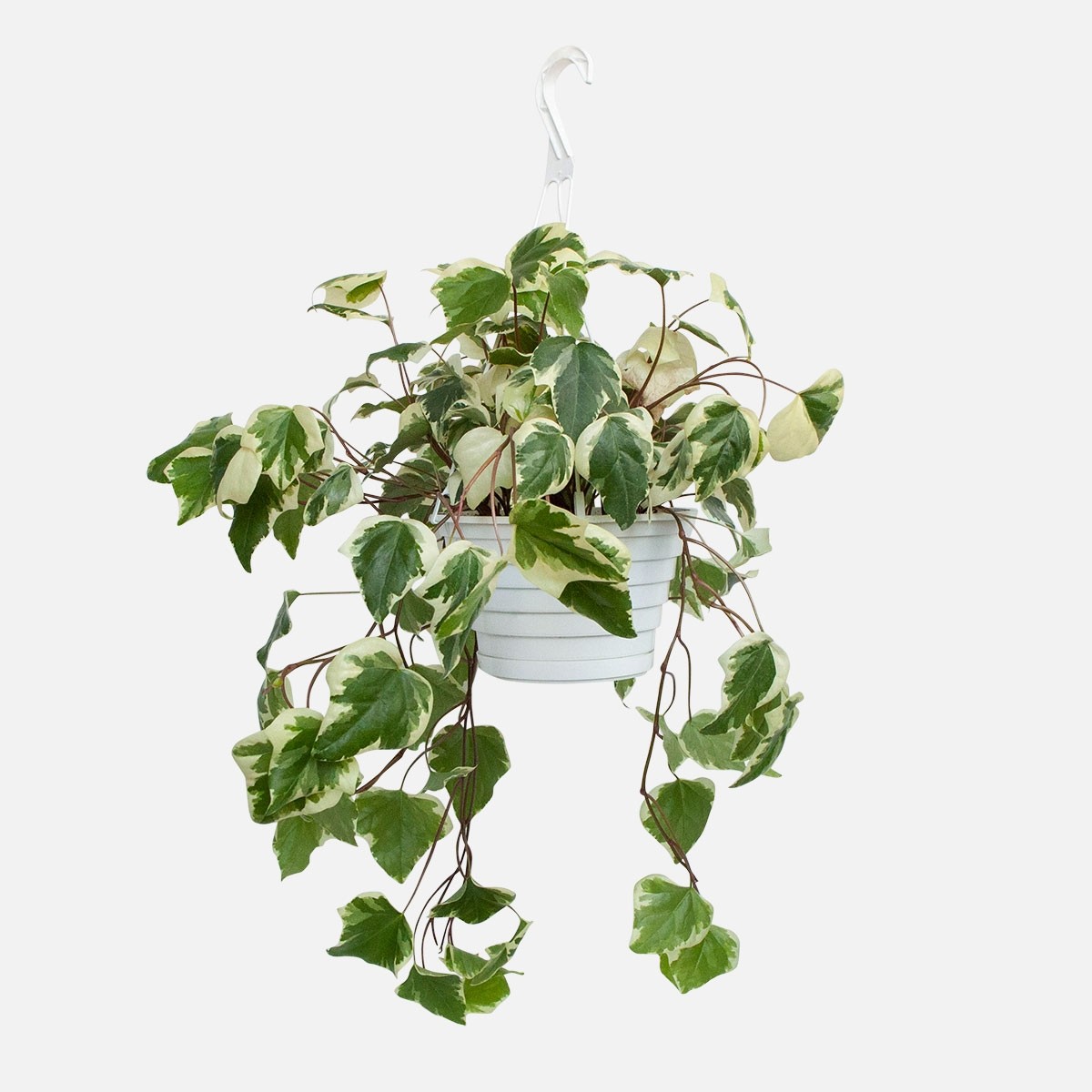
- Light: Shade
- Water: Consistently moist soil
- Maintenance: Regular pruning
Olive Tree
Growing an olive tree indoors requires a basic understanding of its natural habitat and needs. Olive trees originate from the Mediterranean region, where they enjoy warm temperatures, plenty of sunlight, and well-drained soil. Recreating these conditions indoors is key to success.
Temperature plays a vital role in the health of your olive tree. These plants prefer temperatures between 60°F and 80°F, which is relatively easy to maintain indoors. Ensuring your tree receives at least six hours of direct sunlight daily is crucial. If natural light is insufficient, consider using grow lights to supplement.
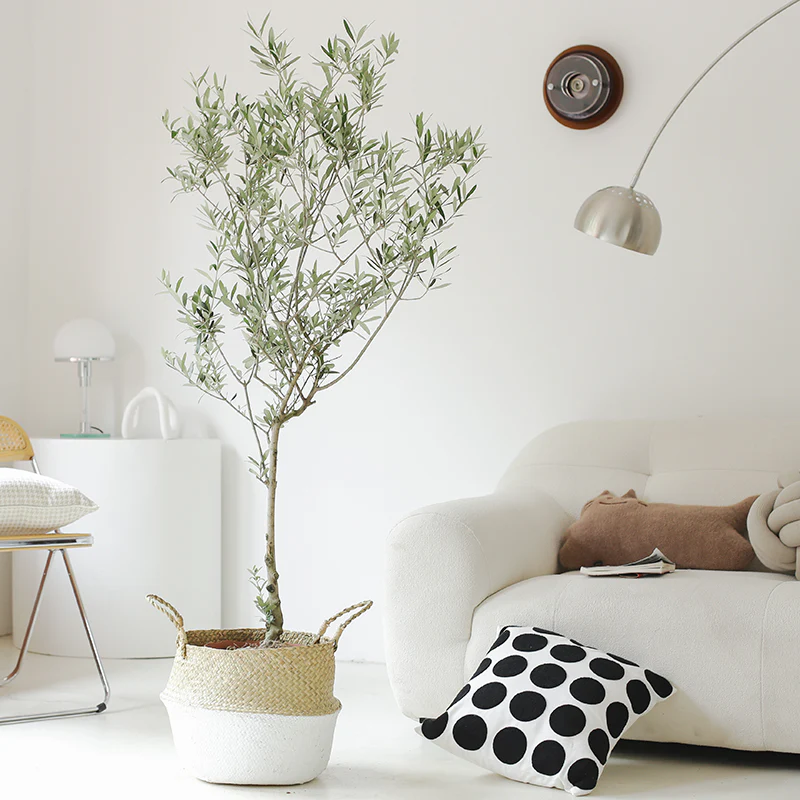
- Light: Warm, sunny environment with moderate direct sun
- Water: Regularly with plenty of humidity
Golden Pothos
Golden Pothos is a versatile plant that complements a wide range of interior styles. Its trailing vines can be creatively styled to enhance any room. Consider placing your Golden Pothos in a hanging basket for an elegant touch, allowing its vines to cascade gracefully. For a modern look, use a trellis or moss pole to encourage vertical growth, transforming your plant into a living work of art.
Whether you choose to showcase it as a tabletop centerpiece or incorporate it into a lush indoor jungle, Golden Pothos effortlessly adds a touch of greenery to your space. Its vibrant leaves and easygoing nature make it a wonderful addition to any home decor.
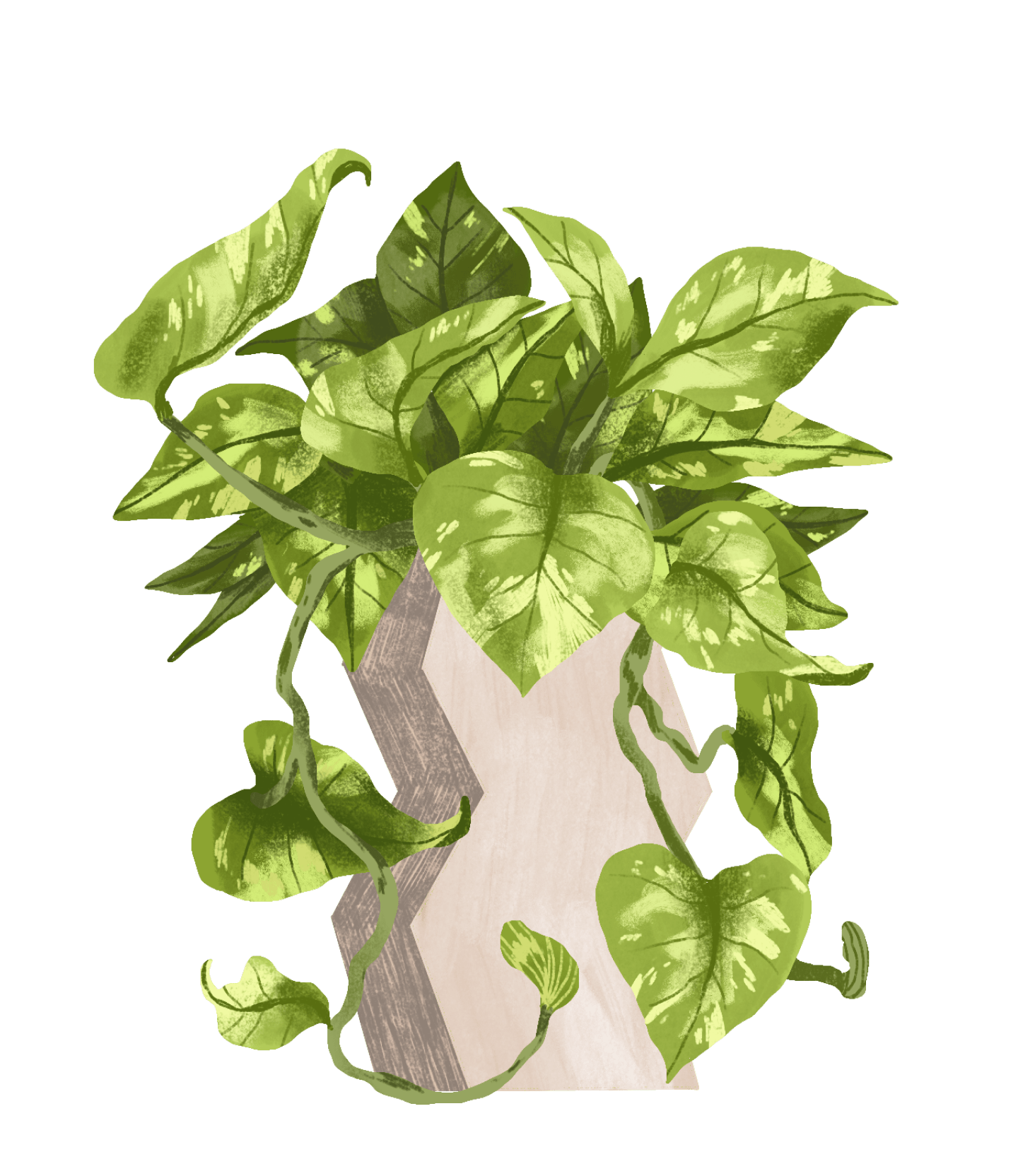
- Light: Partial to bright indirect light
- Water: When soil is mostly dry
- Note: Easy to propagate from cuttings






